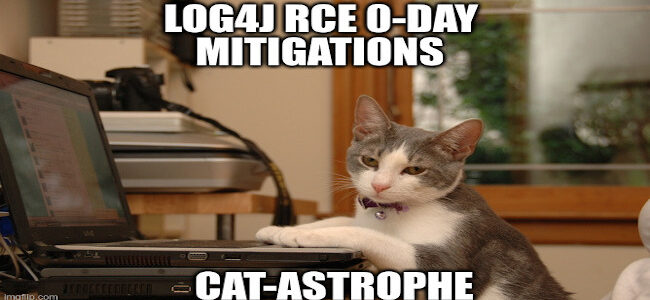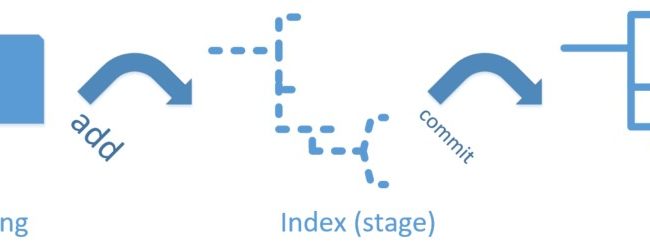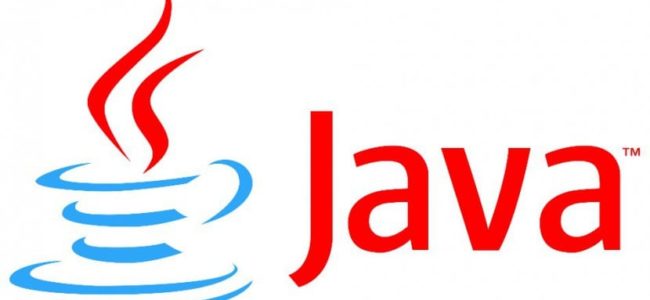Introduction
To make a long story short, you should not use transactions within a parallel stream. This is because each thread in the parallel stream has its own name thus it does participate in the transaction.
The Streams API is designed to work correctly under certain guidelines. In practice, to benefit from parallelism, each operation is not allowed to change the state of shared objects (such operations are called side-effect-free). Provided you follow this guideline, the internal implementation of parallel streams cleverly splits the data, assigns different parts to independent threads, and merges the final result.
Continue reading “Can/Should I use parallel streams in a transaction context?” →









